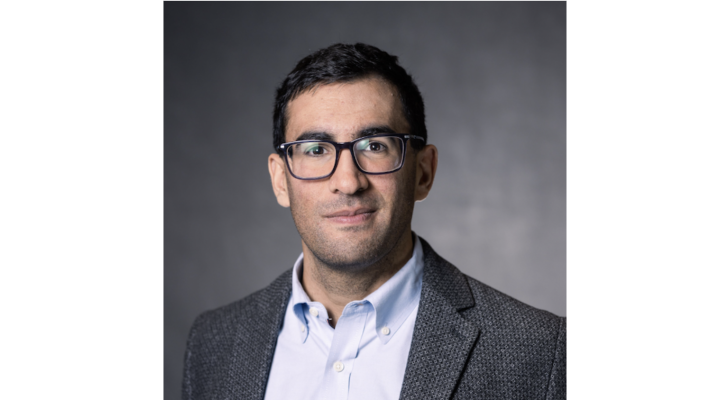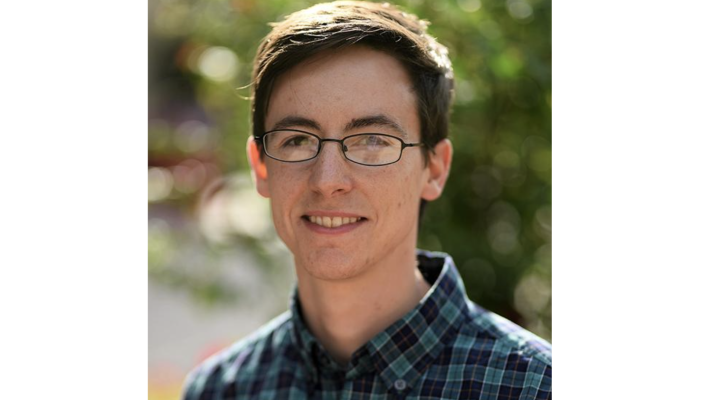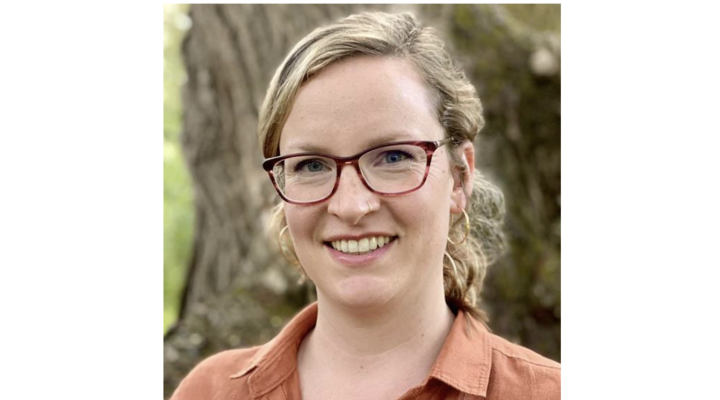Nozomi Nishimura finds the plaques that develop in the brains of people suffering from Alzheimer’s disease “structurally beautiful.” But this aesthetic appreciation does not stop her from searching for a way to stop the progression of Alzheimer’s before it can really get started. Nishimura’s path as a disease fighter started in the physics lab of Eric Mazur at Harvard studying lasers. She decided to major in physics because she “was always curious about things, and people said it was easy to get out of physics.” Her graduate work with David Kleinfeld at University of California at San Diego using the same laser to study small strokes ignited her interest in biomedical engineering and led her out of physics and into neuroscience.
She saw how lasers could be used to study small strokes and her research became decidedly more biomedical in nature. Her work in the Biomedical Engineering Department at Cornell has focused on using imaging methods to study Alzheimer’s disease, cardiac disease, and cancer growth in living tissue. “I am interested in seeing the complexity behind disease. In any disease, there are many different types of cells and systems affected and we want to figure out who the many different players are. When do they come in? Where do they come in?”
Nishamura would like to improve multiphoton microscopy to a level that will allow her to see what is going on in diseased cells and their neighboring cells in mice. “I am not using biology to engineer things; I am using all the tools of engineering to look at living cells.” Nishamura believes that Cornell is the perfect place to study the complexity of diseases like Alzheimer’s. “What is special about Cornell is you can cross boundaries easily—enormous amounts of collaboration here make big things possible. A really big part of biomedical engineering is that it requires all sorts of expertise to come together, and people are willing to do that here.”
Both of Nishamura’s parents were astronomers in her hometown of Tucson, Arizona. But there was a time when she seriously considered becoming a dancer instead of a scientist. She credits her ballet teacher with having a lasting effect on her approach to scientific challenges. “I had a teacher who was very experimental in her teaching methods. Ballet can be so traditional and strict in how things are taught. She pushed me to think about things in new ways.”
Nishiamura said her work stimulates her in many ways. “Every day there are small puzzles you get to solve. One of the everyday attractions is you get to work with great people—students and faculty,” she said. “There are also frustrations, and at that point thinking about the long-term goals helps.”
Nishamura’s long-term goal is to learn through careful imaging of living cells just how cell damage and death spread in various diseases. “I am interested in filling in the quantum holes in biology.” With this knowledge, she hopes to have a hand in slowing or even stopping cell damage and death.
When Nishamura is not in her lab, she likes to be with her Labrador retriever and Vizsla in the woods, hiking. After spending several years in San Diego, Nishamura says, “I miss the ocean. But the forests have taken the place of that. It is easier to get out and enjoy the outdoors here.” Nishamura’s preferred method of getting out into the woods is to take her Jeep off-road. Often, she has her two dogs, Cala and Ace with her. She has also recently rediscovered the joy of sailing. “Ithaca is a really great place to live if you like being outdoors.”




